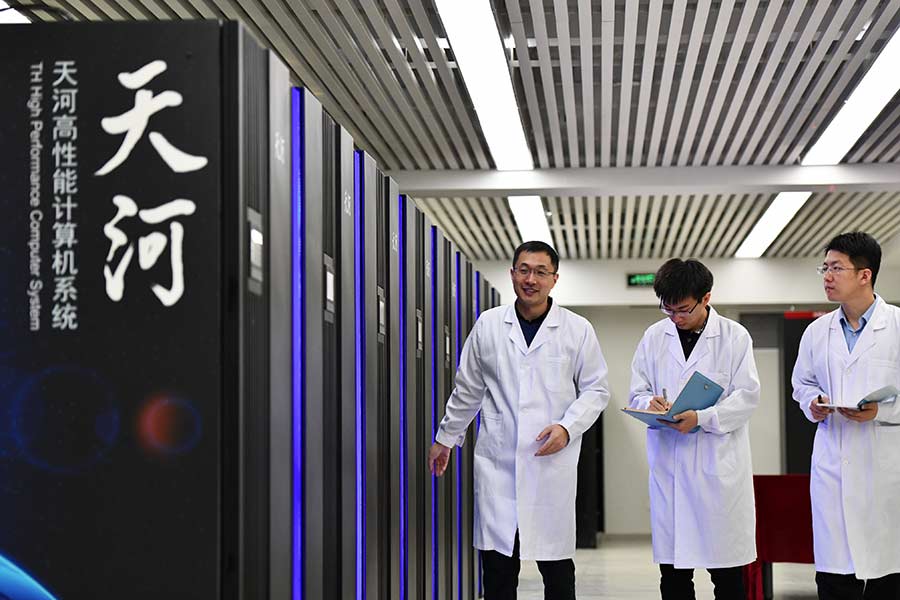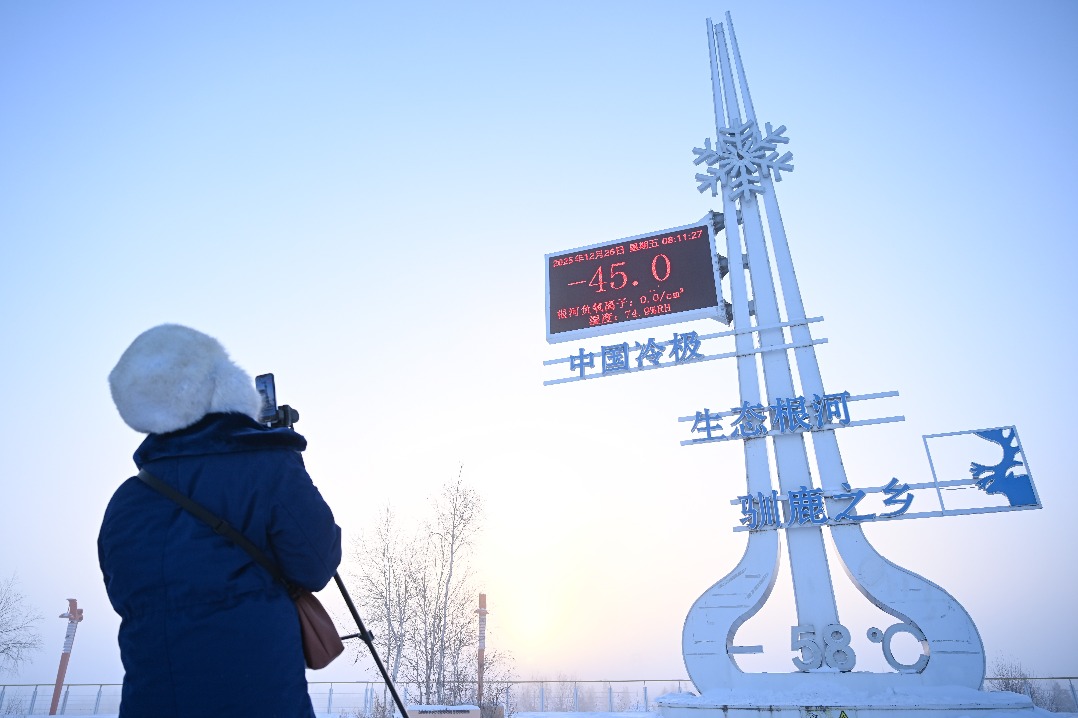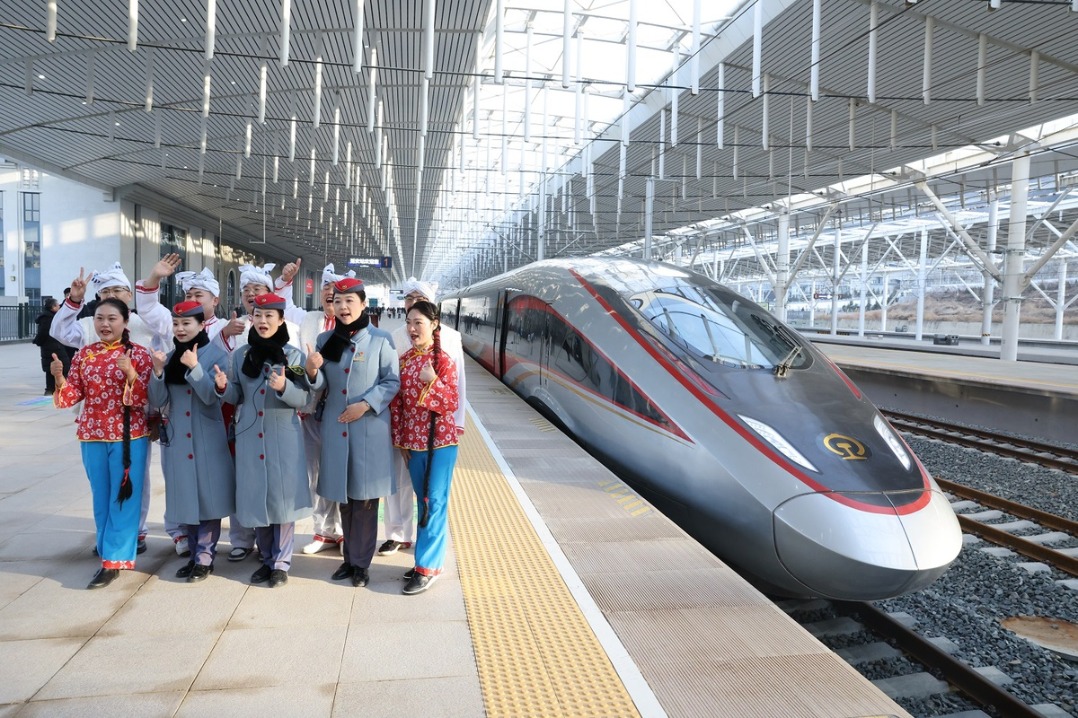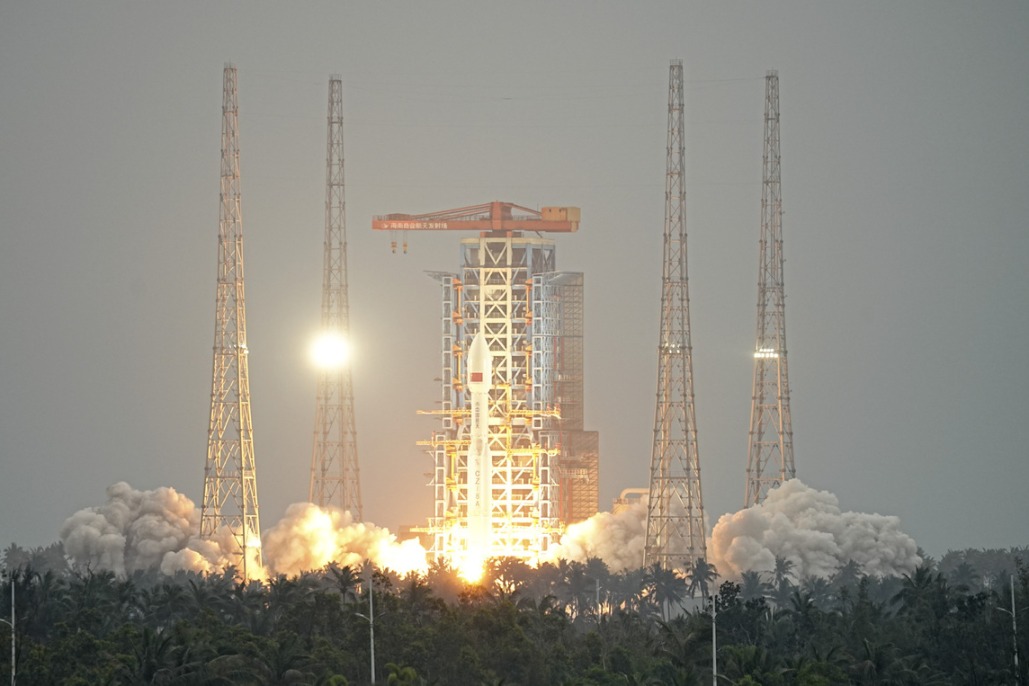Report: China charges ahead in research fields


China saw rapid growth in key scientific and technological research areas between 2012 and 2017, boasting an edge in fields including nanotechnology, computer science and engineering, telecommunications, artificial intelligence and environmental governance, according to a report published on Friday.
However, a large gap remained between China and the United States, the leading scientific powerhouse. China would need to expand its list of competitive scientific fields, publish higher quality papers, and collaborate with more countries, especially in Europe, on research projects and co-authored papers.
The report, titled "Mapping Science Structure 2021" and published by the Chinese Academy of Sciences' Institutes of Science and Development, examined highly cited papers from over 10,220 research fronts from 2012 to 2017. It presented a detailed visual representation of the layout and dynamics of academic knowledge.
Zhang Feng, vice-president of the institutes, said the report aims to show how science and technology are developing around the world, which will yield valuable insights for researchers and policymakers when prioritizing and planning science projects.
From 2010 to 2015, a total of 44,495 core papers were published around the world. According to the report, 5,107 of these were published by China, making it the world's second-largest publisher of the highly influential papers, behind the United States at 16,483.
From 2012 to 2017, some 46,405 core papers were published and China contributed to 6,550 of them, a 23 percent increase over the 2010 to 2015 period. The country accounted for 14 percent of all core papers in the later period, an increase from 11.5 percent.
Wang Xiaomei, a researcher at the institute and the author of the report, said the data suggest that China witnessed tremendous growth in key research areas, but the gap with the United States remained substantial.
One notable finding of the report is that the scientific structures of China and the US are highly complementary, meaning the two countries may have more research areas to cooperate in than previously thought, Wang said.
"We excel in fields that the US is also pretty good at, like nanotechnologies, system and control engineering, and telecommunications and artificial intelligence," she said. "But the US is exceptional in fields such as medicine, social sciences, economics and business, and biosciences, all of which are topics in which China needs significant improvements."
The US also led the world by a large margin in the number of papers cited by patents, contributing 58 percent of these from 2012 to 2017. China, with 17 percent, and the United Kingdom, with 16 percent, held second and third place, and Germany followed with 15 percent.
"This shows that the US still holds an absolute advantage in research fields that would have a great effect on technological innovations, particularly in medicine and biosciences," Wang said.
- China seeks public feedback on draft rules for anthropomorphic AI services
- China's top legislature concludes standing committee session
- China adopts revised Civil Aviation Law
- China launches satellite to aid in early extreme weather detection
- Report on mining accident that killed 6 suggests accountability for 42 individuals
- Law aimed at bolstering standard Chinese language education passed





































